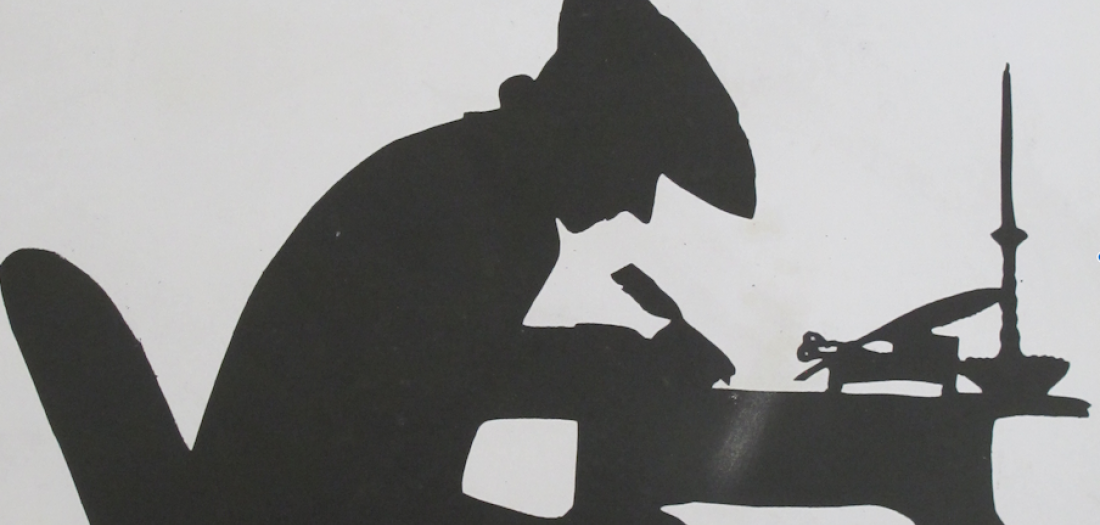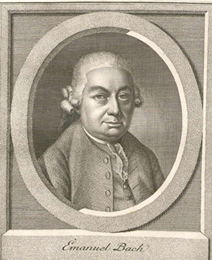Version 2.1 of the Johann Caspar Lavater correspondence edition released
09.04.2024 | General, Project News

Version 2.1 contains a new historical-critical edition of the two exchanges of letters with the musician Carl Philipp Emanuel Bach and the poet Friedrich Maximilian Klinger, as well as a further 110 letters from the most extensive and important correspondence between Lavater and the physician and writer Johann Georg Zimmermann. A total of 22 letters are now available in the JCLB edition. For version 2.1, a further 1800 letters from and to Lavater have been imported into the network, which can be visualized using the list or the historical map.

Johann Caspar Lavater first wrote to Carl Philipp Emanuel Bach on May 13, 1777, as he wanted to have his portrait for his Physiognomic Fragments for the "Musicians" section. Bach sent Lavater the picture shown above, which Lavater published in the third volume of his work in 1777. Johann Georg Zimmermann's reaction to the portrait of Bach was relatively direct in his letter to Lavater dated May 28, 1777, in which he wrote:
„Nur ein Wort über ein Bild das eben vor mir liegt. Emanuel Bach. Pfuy – wie siehst du aus! – Aber an dem Gedanken weide ich mich, daß Lavater selbst in der Erklärung dieses Bildes saget daß der untere Theil des Gesichts bey den meisten Viruosen nicht ganzt – (sehr höflich gesagt) vortheilhaft ist."
With the complete digitization and recording of the metadata as well as the historical-critical edition of Johann Caspar Lavater's correspondence, the JCLB edition project provides new access to the cultural heritage of the 18th century.
With each new version of JCLB, further correspondence (edition) and the number of letters made available (network) are added to the online edition.

